Sea rise, wildfires, floods, tornadoes, extreme heat. earthquakes, hurricanes, volcanoes. And those are just the risks observed this year.
Cities are among the most vulnerable locales because so many are located near coasts or along rivers. Those that are not tend to be vulnerable to desertification and heat unbearable for humans. Among the cities considered most at risk are Jakarta, Indonesia; Delhi, India; Lima, Peru; Lagos, Nigeria; Karachi, Pakistan; Port-au-Prince, Haiti; and Miami, Florida. But other major cities like London, New York, Tokyo, Rio de Janeiro and Guangzhou are also at risk. JL
Julia O'Driscoll reports in The Week; image by Amy Cheng:
“Urban activities” are a “key contributor to climate change” due to the
high level of greenhouse gas emissions they generate, the UN Environment Program has
said. And as natural disasters increase in frequency and severity as a
result of rising global temperatures, cities that had previously not
been thought of as the frontline of the climate crisis have begun to
experience extreme, and in some cases deadly, weather events. “No matter how much the world warms, cities will have it worse,”
Urban areas are feeling the effects of climate change while simultaneously contributing to the increasing severity of the world’s worsening environmental situation, the UN has warned.
“Urban activities” are a “key contributor to climate change” due to the high level of greenhouse gas emissions they generate, the UN Environment Programme has said. And as natural disasters increase in frequency and severity as a result of rising global temperatures, cities that had previously not been thought of as the frontline of the climate crisis have begun to experience extreme, and in some cases deadly, weather events.
A research team, led by Professor Lei Zhao, an environmental engineering expert at the University of Illinois, found that average summer temperatures could rise between 1.9C and 4.4C by the end of the century. “No matter how much the world warms, cities will have it worse,” said Bloomberg.
Here are some of the cities at risk from climate change.
Of the 100 cities with the highest risk of environmental harm, 99 are in Asia, according to a 2021 report by risk analysts Verisk Maplecroft which ranked 576 global cities. The riskiest of all, the report found, is Jakarta.
Indonesia’s low-lying coastal capital is “plagued with dire air pollution” which is compounded by “perennial threats from seismic activity and flooding”, the report said.
Another unique problem is that Jakarta is also “the world’s fastest-sinking city”, Vox added. With limited access to water, many of the more than 10 million residents have to extract groundwater which is contributing to the subsidence.
President Joko Widodo is planning to move Indonesia’s capital to a “yet-to-be-built city in Kalimantan” on the island of Borneo in an effort to combat future issues, The Guardian said.
The same risk report ranked Delhi the second most vulnerable city to climate change.
In fact, 13 of the 20 highest risk cities were found to be in India, with Chennai, Agra and Kanpur ranking in the top ten. The Organisation for Economic Co-operation and Development has also ranked Kolkata and Mumbai as the top two cities most at risk of coastal flooding by 2070.
Verisk Maplecroft found that pollution was the primary threat to the health of India’s urban populations, and particularly Delhi's, noting that “noxious air caused almost one in five deaths in India in 2019”, while water pollution was found to cause around 400,000 deaths every year.
Lima has been found to be the most at-risk city in the Americas.
Air pollution caused by vehicle emissions is a significant contributor to this calculation. Researchers at the University of Chicago have found that if the World Health Organization’s guidelines on atmospheric pollutant levels were met, the population’s life expectancy could increase by an average of 4.7 years.
The city’s population is particularly vulnerable as a result of poor-quality housing and infrastructural problems, the United States Agency for International Development (US AID) has reported.
Africa’s most populous city could “soon be unliveable”, CNN reported.
While Nigerians are “used to the yearly floods that engulf the coastal city” during the country’s rainy season, this year Lagos Island experienced extreme levels of flooding. “The floods paralyze economic activity, at an estimated cost of around $4bn (£2.9bn) per year”, the broadcaster said.
Verisk Maplecroft’s Climate Change Vulnerability Index reveals that cities in Africa will “come off worse” to environmental threats, not only because the continent is most exposed to severe climate threats, but because “it is also least able to mitigate their impacts”. In comparison, South Africa’s “relative wealth and lower exposure cushions its major urban centres”.
With a population of more than 16 million people, Karachi has experienced the deadly effects of extreme heat in recent years and now ranks as the world’s 12th riskiest city.
In 2015, more than 1,200 of the city’s residents died as the result of a heatwave with temperatures reaching 49℃. To the country’s east, Lahore is ranked as the 15th most at-risk city.
UN forecasts indicate Karachi's population could increase to more than 20 million by 2030.
Pakistan is susceptible to increased temperatures, monsoon variability and extreme weather events as a result of climate change, and it is feared that this “coupled with a growing population and economic strain” will have severe implications for the health of Karachi residents, a 2021 medical research paper published in Science Direct found.
With rising temperatures set to increase the frequency and severity of weather events such as hurricanes and flooding, Haiti’s capital is at extreme risk of climate change.
It is projected that Haiti will experience both an increase in storm strength and temperatures, as well as a decrease in dry-season precipitation, according to US AID. A 2011 forecast found that people living in Haitian cities including Port-au-Prince are likely to be at a two to four times higher risk of tropical cyclones than non-urban populations.
The city has also been heavily damaged by high-magnitude earthquakes in the past decade.
“There is an inescapable truth about life in South Florida,” author and journalist Mario Alejandro Ariza wrote on the online university magazine Yale Environment 360 last year: “This low-lying region is set to be swallowed by the sea.”
Boris Johnson echoed this warning at Cop26, telling world leaders that Miami could be “lost beneath the waves” if global temperatures were to rise by four degrees. Some studies estimate the surrounding sea could rise by six inches by 2030, “and infrastructure planners are bracing for two feet by 2060”, said Ariza. A six-feet rise by the end of the century is both “likely”, and “likely catastrophic”, he said.
Nearby Florida Keys could also see main roads flood by 2025. Estimates of the cost of raising roads to avoid infrastructural damage have come out with a “staggering price tag” of $750m (£550.5m), and “where exactly all that cash will come from remains unclear”, said the Miami Herald.
The capital of Oman “got a preview of what’s coming for cities in the Arabian peninsula” in March this year when temperatures reached 41.3C, a mercury reading expected nearer to June, said Bloomberg.
In October 2021, a “rare and intense cyclone” also caused severe damage in the city, NPR reported. The last time a cyclone of this severity hit the country was in 2007, but climate change is “making disasters like this more common”.
The sea water level in Manila Bay is rising “more than four times faster than the global average”, said Bloomberg. The “flood-prone” geographic region has been hit by cyclones in recent years, while “rapid urbanisation and out-of-control population growth” make adaptation and mitigation tricky, it added.
The Philippines is hit by around 20 typhoons a year, and is one of the most at-risk countries in the world from climate change. A Global Climate Risk Index ranks it as the 17th most at risk country, with 145,000 people internally displaced by disasters at the end of last year, according to the Internal Displacement Monitoring Centre.




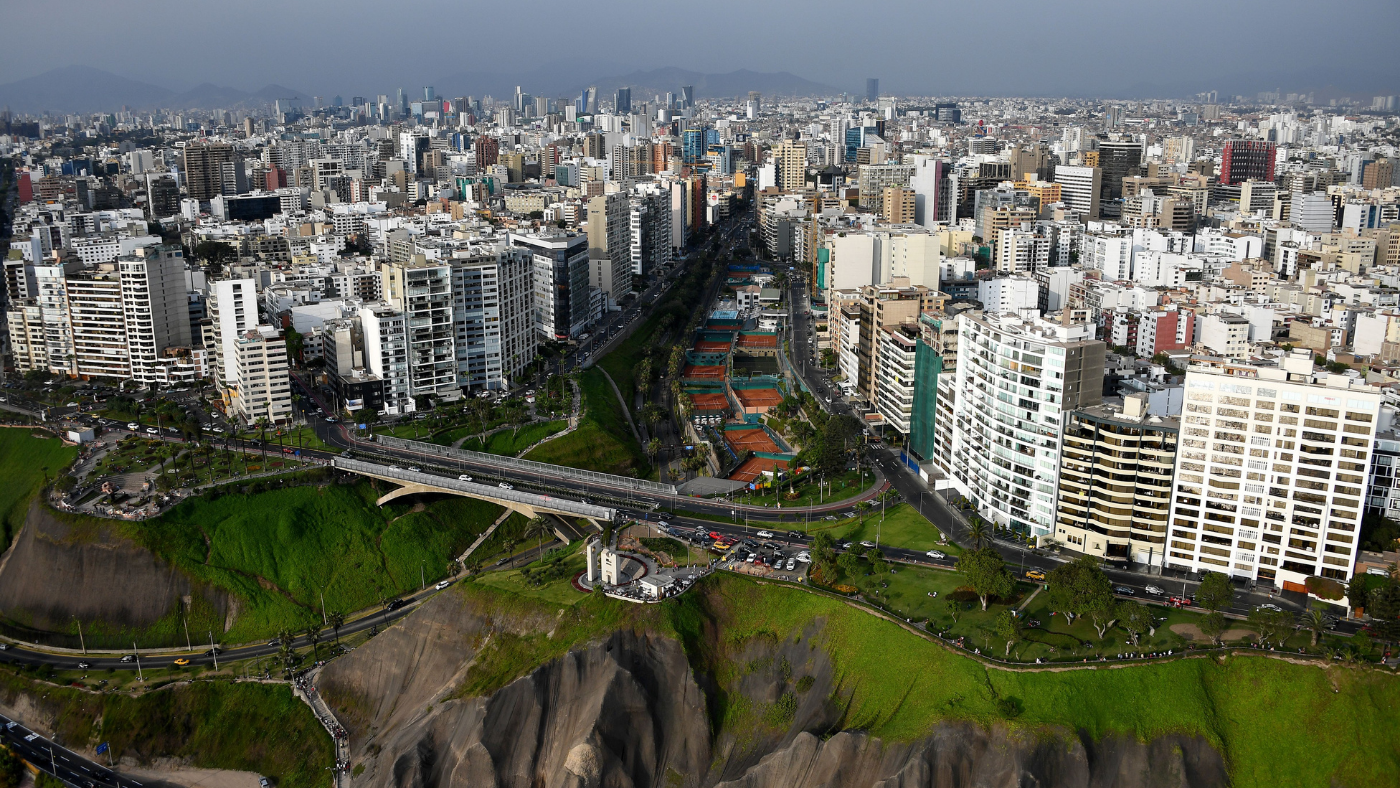
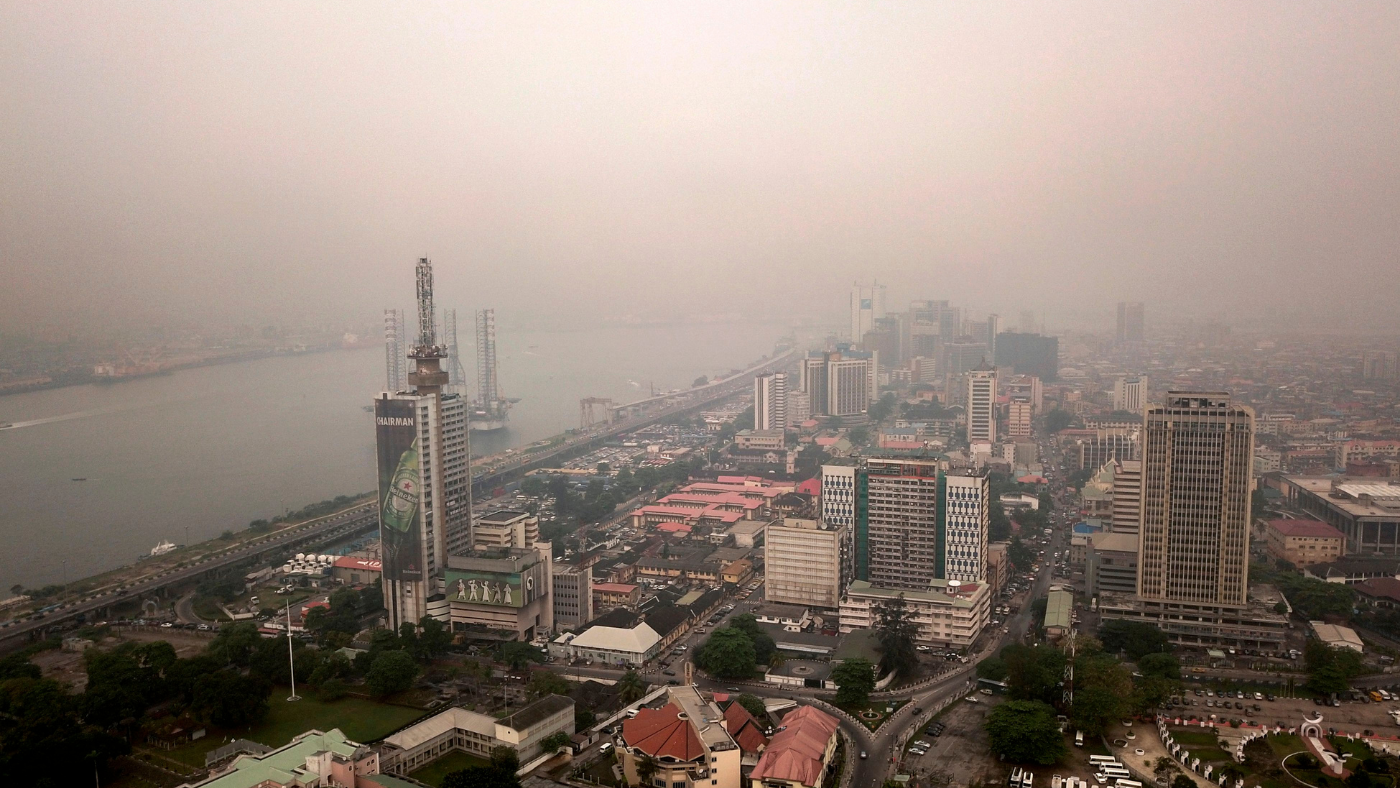
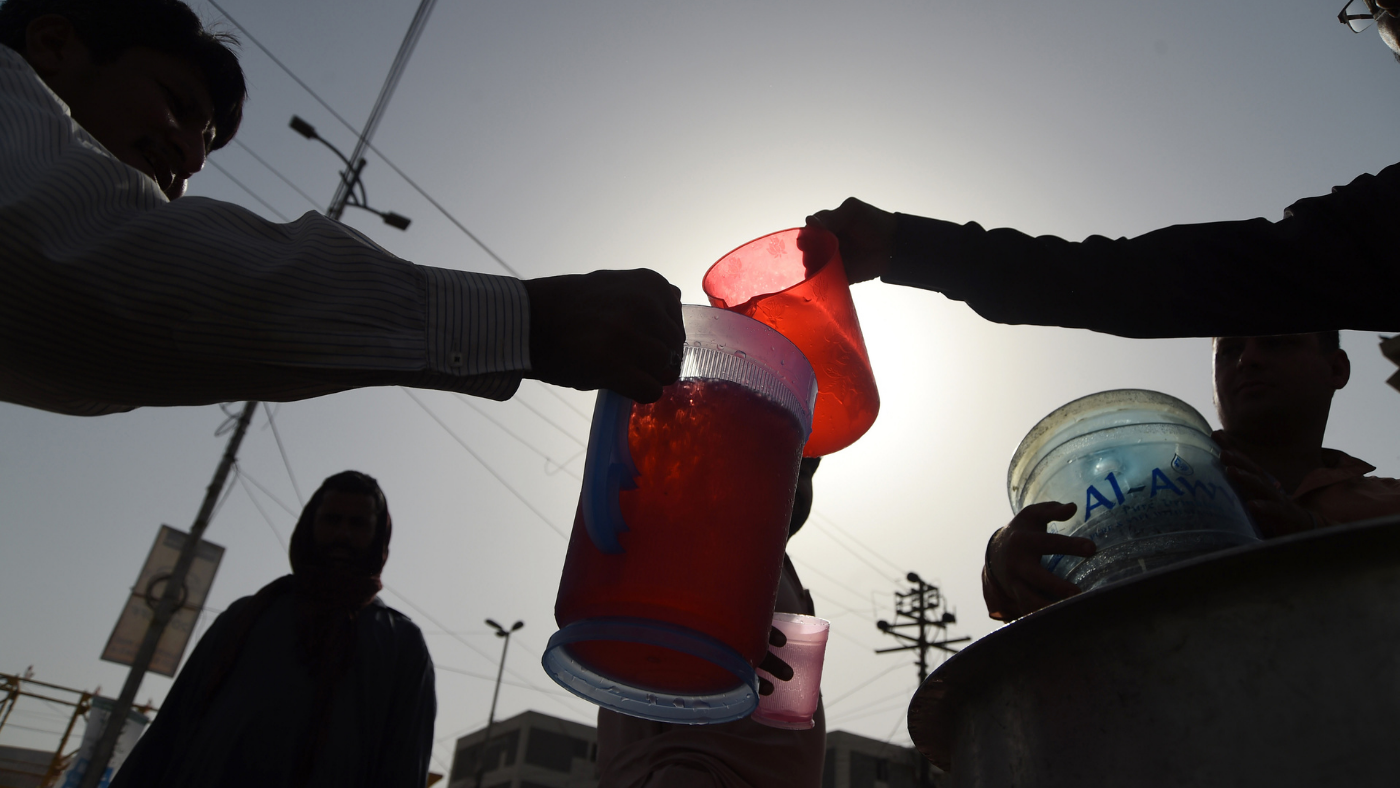
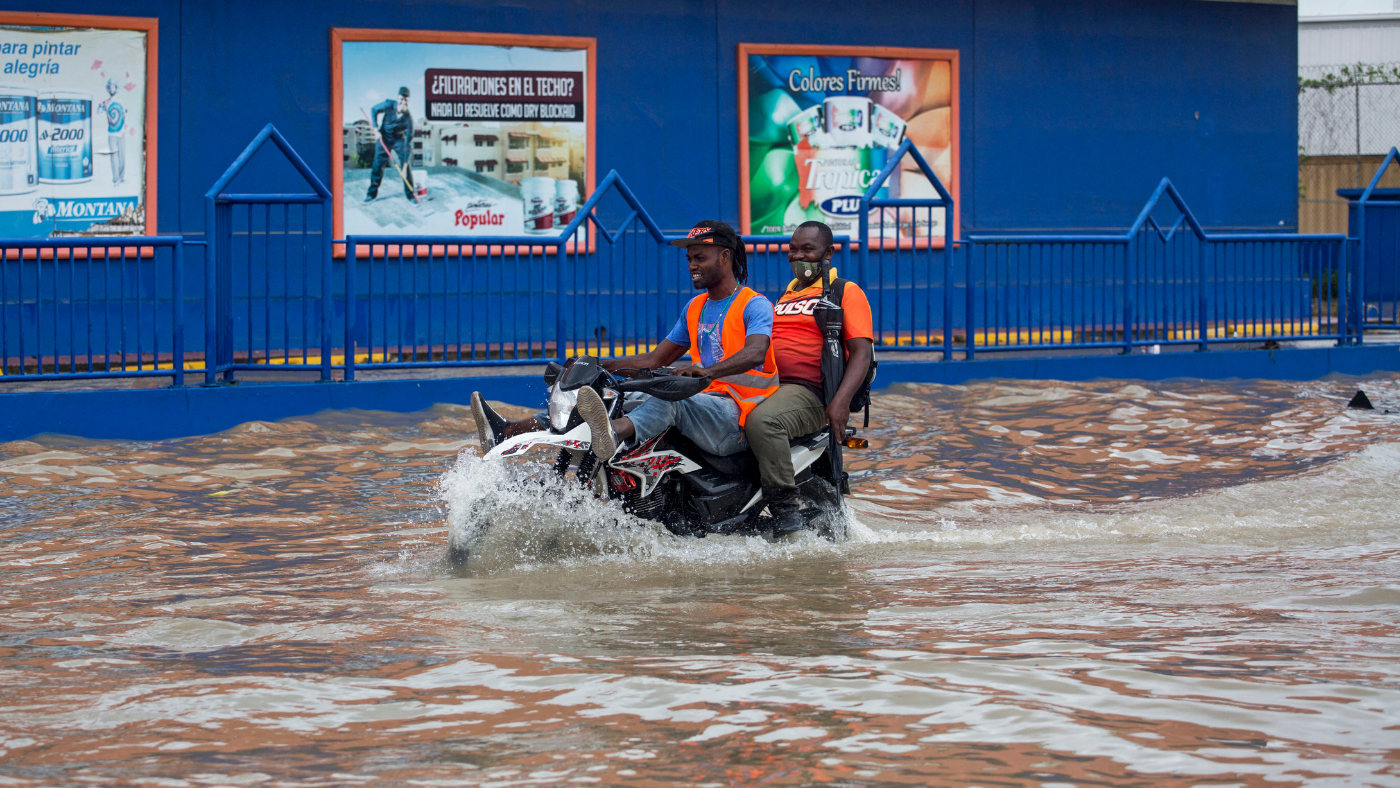
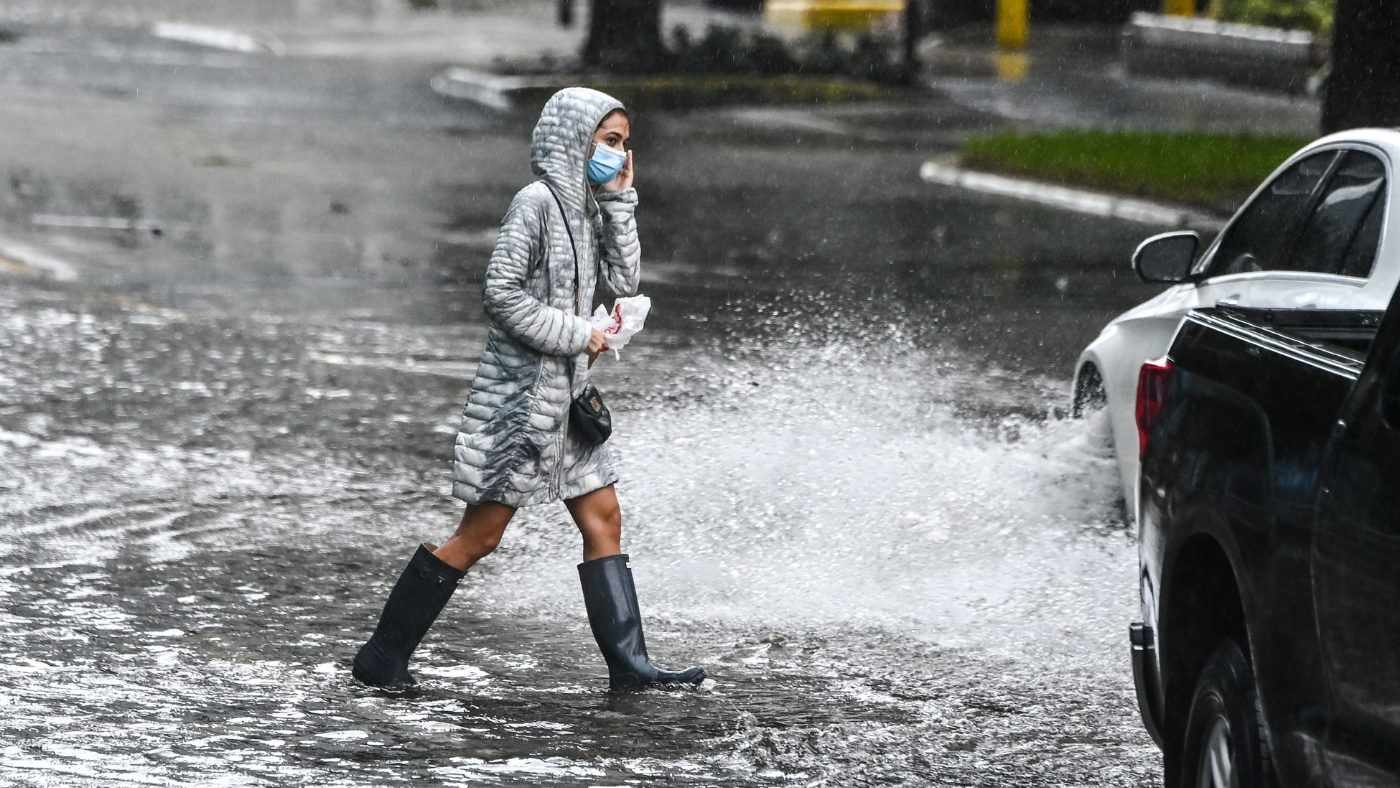
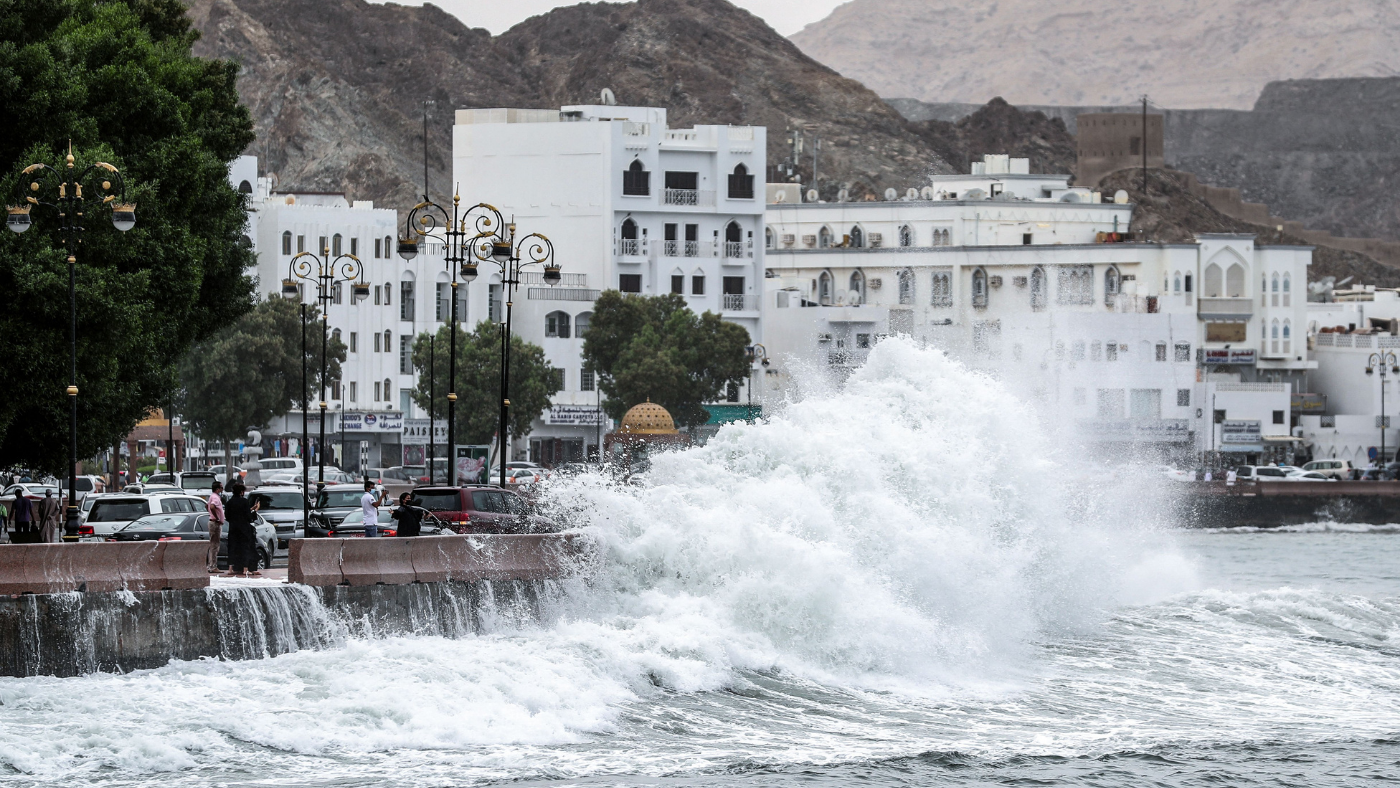
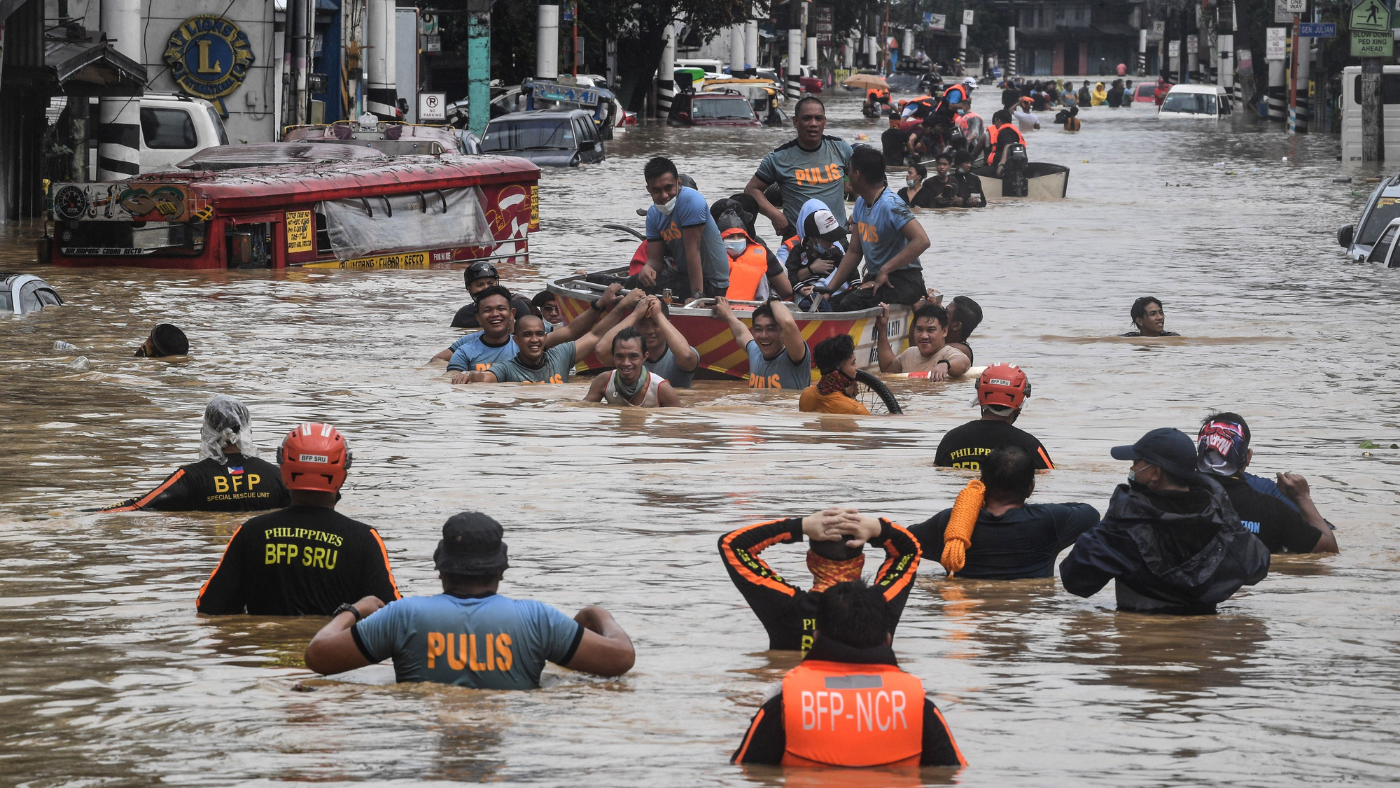


















1 comments:
INTERNET SCAM ALERT‼️
The internet today is full of SCAM ADS, mostly in comments of various sites and blogs. A large number of individuals have been victims of scam and lost a lot of money to SCAMMERS. Most of the common scam you can see are -:
❌BANK LOAN SCAM. ❌BINARY OPTIONS SCAM.
❌MONEY MULTIPLICATION SCAM. ❌HACKING SCAM. ❌GETTING DEGREE SCAM. ❌SHOPPING SCAM and lost more..........
But here is a good news to everyone who has been a victim of INTERNET SCAM❗️
You can get your money back from the scammer, and can even get more than what you lost, No Authorities will not been involve just the genius of our skill.
WHO ARE WE⁉️
We are FIRMWARE !A group of skilled Hackers who have dedicated our time to helping individuals to get back thier money from INTERNET SCAMMERS. A research was carried out and an approximation of more than $3billion USD annually was said to be lost to INTERNET SCAM. This is so wrong and that’s why we have decided to help individuals get thier money.
HOW DO WE OPERATE⁉️
We use a RAT(Remote Access Trojan) to take over the SCAMMER(s) device(Phone or Computer) and take back your money by accessing their Bitcoin wallets or Bank Account. Most of this scammers use their Bitcoin to save money they get from SCAM activities. This is because Bitcoin keeps the money hidden from FINANCIAL INSTITUTIONS BOARD from getting to see the money they can’t give account for.
If you have been a Victim of INTERNET SCAM, then you should contact us via the Email below
Email-: firmwarehacks@gmail.con
firmwarehacks@gmail.com
GET THE BEST HACKING SERVICE‼️
Motto-: Hacking Just Got Easier
Here Are List Of Hacking Services We Offer-:
▪️Phone Hacking & Cloning
▪️Email Hacking
▪️Social Media Hacking(Facebook, Instagram e.t.c)
▪️Computer Hacking
▪️Deleted Files & Documents Recovery
▪️Breach Detection
▪️Website Hacking
▪️Tracking using GPS and Spyware
▪️Deleted Mails and Text messages Recovery
OTHER SPECIAL HACKING SERVICES
▪️Binary Option Recovery
▪️Scam Money Recovery
▪️Bitcoin Multiplication
▪️Change Of Grades In Universities/Colleges
▪️Phone Calls Monitoring
▪️And lots more...........
“AS LONG AS ITS TECHNOLOGY IT WILL BE HACKED ”
For more enquire, contact us via the emails below
firmwarehacks@gmail.com
firmwarehacks@gmail.com
Firmware
2021© All Right Reserved.
Post a Comment